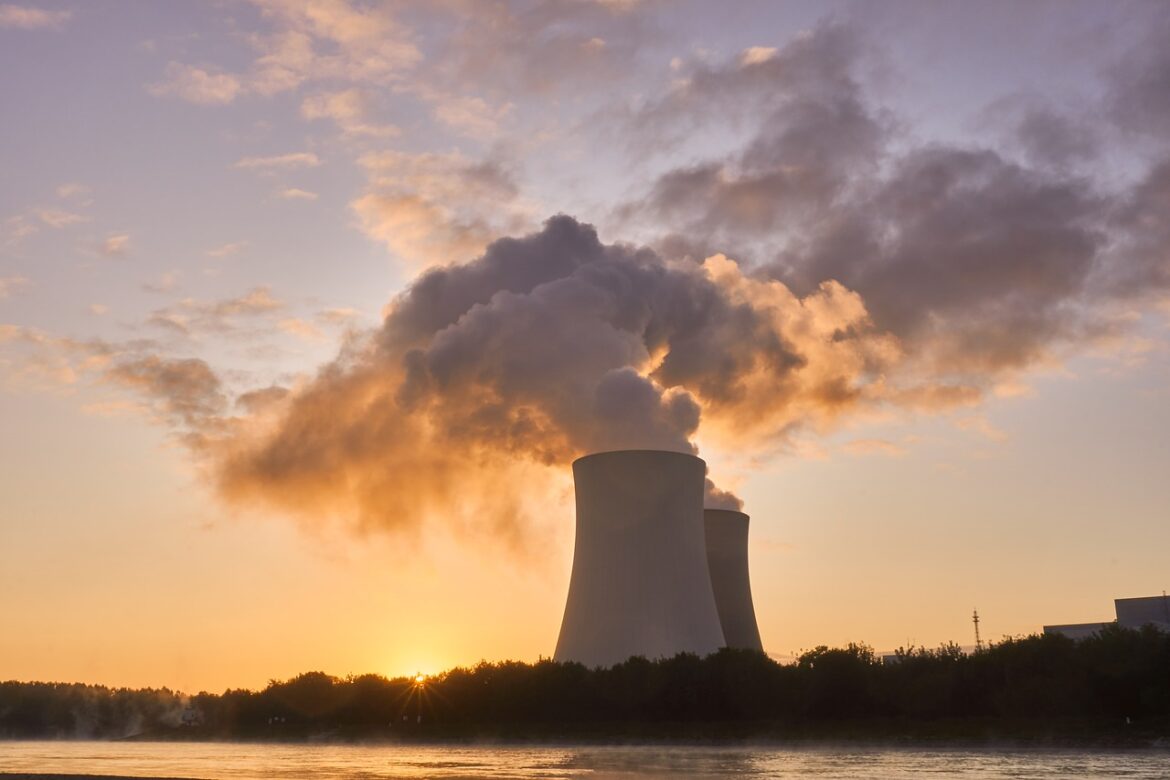Engineering in 2025 is buzzing with transformative stories that blend innovation, sustainability, and real-world applications. From the rise of artificial intelligence powering the green energy revolution to pioneering quantum computing systems and advances in medical tech — these developments are shaping the future for companies, workers, and society alike.
AI Meets Nuclear Energy: Powering the Future
Big Tech companies like Microsoft and Google are teaming up with nuclear energy providers to sustainably power the massive data centers needed for AI development. The energy appetite of AI systems is enormous, and nuclear power offers a reliable, carbon-friendly way to keep up with demand.
Think of it this way: AI is like an electric car needing steady, clean charging stations. Nuclear energy is becoming that dependable charging hub that will keep AI running without the environmental hangover. This partnership could redefine the entire energy infrastructure, ensuring green tech doesn’t come at the planet’s expense.
Retail Giants Race to Out-AI Each Other
Amazon and Walmart are locked in a fierce competition to harness AI across their logistics, pricing models, and customer personalization. Amazon invests heavily in AI-powered supply chain automation to speed delivery, while Walmart is optimizing predictive analytics and voice shopping.
This is not just retail rivalry — it’s a race transforming how people shop worldwide, making the process faster, smarter, and more tailored to individual needs. For engineers and companies, it highlights the critical role of AI in streamlining operations and enhancing customer experience.
AI Accelerates Drug Discovery
Pharmaceutical innovation is breaking new ground thanks to AI applications in India’s Global Capability Centers. AI helps researchers predict molecule behavior, simulate clinical trials, and manage complex regulatory data — drastically cutting time and costs.
This evolution is shifting the global pharma R&D landscape, turning support hubs into innovation engines. For those in biomedical engineering and drug development, the message is clear: AI is more than a tool; it’s a partner in scientific breakthroughs.
Quantum Computing’s Leap Forward
Researchers at Columbia Engineering unveiled “HyperQ,” a novel system enabling multiple programs to run simultaneously on a single quantum machine. Previously, users had to wait for exclusive access — imagine everyone queuing for a single ATM. HyperQ allows multitasking on quantum hardware, speeding up crucial research in materials, healthcare, and energy solutions.
This breakthrough promises to make quantum computing more accessible and cost-effective, propelling industries into a future where rapid problem-solving isn’t just theoretical but practical.
Practical Engineering Insights and Trends
Beyond these headlines, the engineering world is seeing sweeping changes:
- The rise of stretchable, skin-like biosensors with conductive polymers is improving wearable health tech.
- Advances in photodetectors and semiconductor reliability speak to ongoing improvements in electronics.
- Engineering jobs are growing fast, especially in industrial and mechanical sectors, fueled by smart factories and automation.
- Cybersecurity is merging deeply with engineering as AI’s rise accompanies new digital threats, underscoring the need for resilient systems.
What It Means for Companies and Workers
Engineering today is a balance of cutting-edge tech and practical impact. AI not only creates jobs but also threatens some roles, urging businesses to invest in reskilling employees.
Meanwhile, sustainability is not an afterthought but a design principle — energy partnerships and new materials are proof. For professionals and companies, staying adaptable and informed about these trends is a key to thriving.
Final Thought
From powering AI with nuclear energy to making quantum computing multi-user capable, 2025 is a year where engineering breakthroughs leap from labs into everyday life. These stories show where creativity meets necessity, propelling industries and communities toward smarter, cleaner, and more efficient futures.
Stay tuned — the engineering landscape is evolving faster than ever, and its ripple effects will touch us all.
References:
- https://www.crescendo.ai/news/latest-ai-news-and-updates
- https://advanceseng.com
- https://ts2.tech/en/devops-devsecops-developer-tooling-notable-news-june-july-2025/
- https://www.youtube.com/watch?v=8_XBtbyTcFY
- https://techxplore.com
- https://cillatetech.com/top-10-emerging-technologies-in-2025-that-will-shape-the-future/
- https://www.applerubber.com/blog/the-state-of-engineering-in-2025-and-beyond/
- https://www.engineering.columbia.edu/about/news/turning-quantum-bottlenecks-breakthroughs



